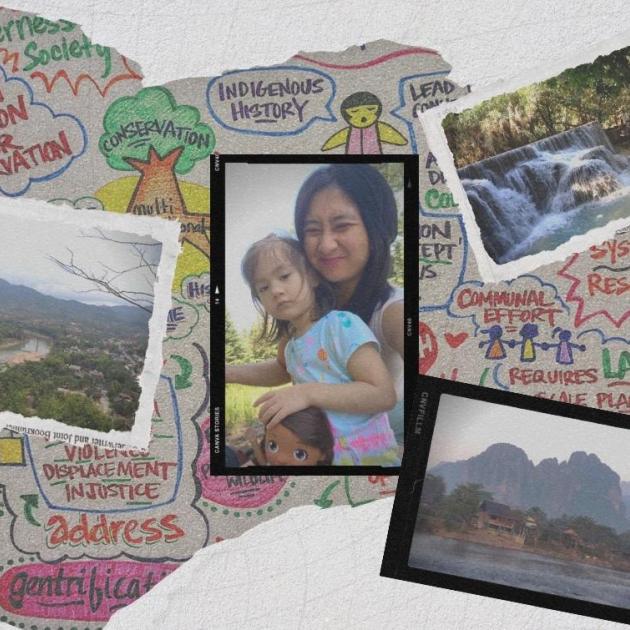An inclusive, authentic New Mexico vision for conservation
There cannot be an equitable plan for 30x30 without prioritizing the voices and leadership of BIPOC and youth of color.
President Biden and New Mexico Governor Michelle Lujan Grisham signed Executive Orders which commit the nation and the state of New Mexico respectively to the goal of conserving at least 30 percent of lands and waters by 2030. While this conservation opportunity is critical for addressing the climate and extinction crises, the process by which to achieve this goal is just as important. If done correctly, a new approach to conservation may be as significant as the conservation outcomes themselves.
To better understand how communities across New Mexico currently view conservation, dozens of New Mexico leaders who identified as Black, Indigenous, and/or people of color (BIPOC) or who worked at organizations serving these communities shared how their lived experiences influenced their conservation practice. Through these conversations, a prevailing theme arose: there cannot be an equitable plan for conserving 30 percent of lands and waters by 2030 without prioritizing the voices and leadership of Black, Indigenous, and communities and youth of color.
With this understanding as the foundation, The Wilderness Society in partnership with Ancestral Lands Conservation Corps, Center for Civic Policy, and NACA Inspired Schools Network launched an 18+ months-long community listening and storytelling process beginning in early 2021. These anchor partners engaged with people identifying as BIPOC and BIPOC youth, and whose backgrounds include work in education, policy and Indigenous field conservation, through a series of four community listening sessions and one feedback session.
Through this process and the collective wisdom of the community, a New Mexico vision for conservation and a framework for how to conduct this work was collectively defined through a New Mexico 30x30 blueprint. The blueprint realigns the modern-day conservation movement within the tenets of environmental and climate justice. This separation should have never occurred, and the learnings through this work provide a guide for reconnection.
Those most disproportionately impacted by adverse health outcomes that stem from disconnection and displacement to home and land through historically oppressive systems need to lead conservation efforts. Equitable conservation is only achieved by simultaneously addressing the specific systems of colonization and capitalism.
The New Mexico 30x30 blueprint is a firm reclamation that conservation has always been embedded in, not separate from, traditional lifeways. The best way to protect the intrinsic value of the Earth is by respecting the interconnections between people and nature and recognizing that where people live, work, pray, play and learn are worth protecting. By excluding those most impacted by the climate and extinction crises, modern day conservation has played a direct role in perpetuating environmental racism.
New Mexico has a unique opportunity to serve as a model for other states envisioning a strategy that gets to 30 percent of lands and waters conserved by 2030. Uplifting the wisdom, experiences and leadership of Black, Indigenous, and people and youth of color disrupts the notion that conservation is separate from people while ensuring more equitable solutions towards addressing the climate and extinction crises.
By embracing a process that is intentionally inclusive, communities and conservation as a practice get closer to becoming whole again.

